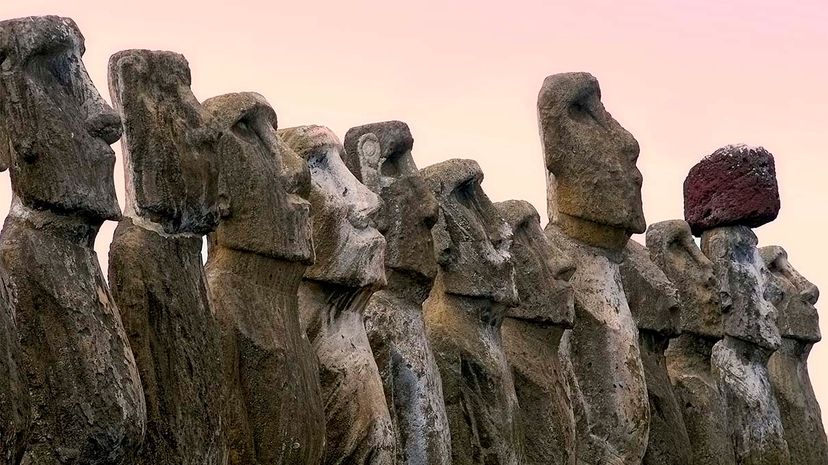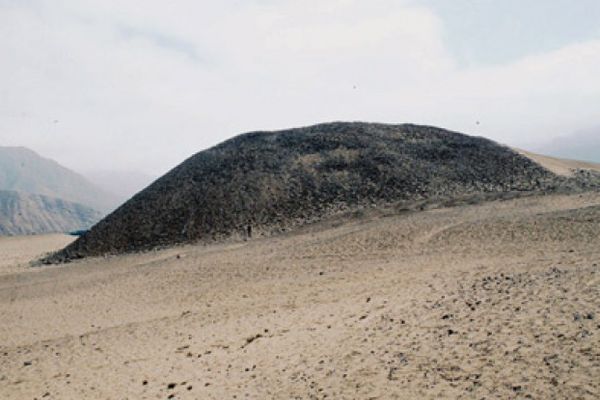The volcanic island, now part of Chile, is the most isolated inhabited landmass in the world, located some 2,200 miles (3,540 kilometers) from Chile's mainland and 2,500 miles (4,023 kilometers) east of Tahiti. Part of Rapa Nui's vulnerability lies in the fact that it is an island and many of the moai and the ahu, or platforms, on which they stand, are perched around its edges. As Markham points out, all of the world's islands have been made vulnerable to erosion with rising ocean levels. Some climate models predict that increased melting of the world's ice sheets could cause oceans to rise by 5 or 6 feet (1.5 or 1.8 meters) by the year 2100. Higher sea levels mean shores face flooding and inundation by crashing waves.
On Rapa Nui, signs of damage from the incoming waves is already apparent. On the island's southern coast, blocks of a 10-foot-high (305-centimeters-high) stone wall at a site called Ura Uranga Te Mahina, toppled over last year, according to a report in the University of the Highlands and Islands Archaeology Institute. Ovahe Beach, at the island's northern coast, used to be covered in pink sand, says the report, but waves have carried away most of the sand, leaving behind rocks. A nearby burial site has been left exposed and vulnerable to erosion. Conservationists are testing a newly built sea wall at one part of the island to see if it can offer protection, according to The New York Times, but it's not certain that walls can hold off the ocean's onslaught.
Further inland, a site called Orongo, which encircles a volcanic crater, also stands vulnerable to storms and erosion. It was here in the 1600s, where members of the "Birdman" cult would stage an annual competition. Young men would scale down the crater's edge, enter the ocean and swim to a nearby island. Once on the island they would collect eggs laid by the sooty tern and swim them back home. The first to bring an egg back to the start was the winner and his clan would rule the island the following year. Hieroglyphics at the crater site tell the tale of the annual competition, and now landslides and erosion triggered by storms threaten these stoned-carved images.
As Markham points out, increasing frequency of intense storms is another hallmark of climate change. "As you get more and more of these events," he says, "damage builds upon past damage."

